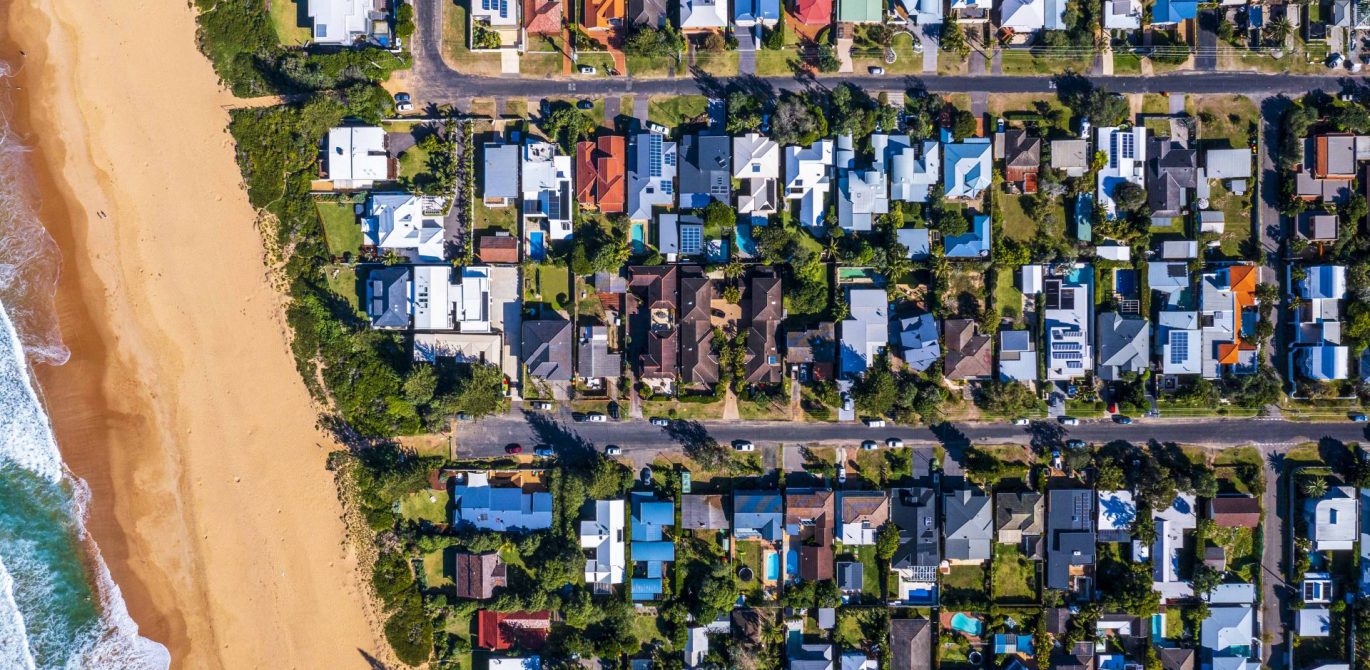The biggest headline in 2021 real estate news? Huge surges in property prices across the country. Nationally, prices rose a staggering 22.1%.As always, though, the picture changes when you zoom in. Some areas were almost flat, while others went stratospheric. So where did the highest and lowest growth occur? And what can we expect heading into 2022?
Capital cities
The highest growth occurred in Hobart, with a 33.4% increase in dwelling value. The rise saw the median value of a home rise to an all-time high of $694,261. Once known for its affordability, Hobart is now more expensive than Brisbane, Adelaide, Perth and Darwin.
Brisbane wasn’t far behind, with a dwelling value hike of 32% and a median house price hitting $683,552.
On the other end of the spectrum, Perth recorded more modest price rises than the other capitals, although at 17.9% it’s still well over the five year average. The median house price ended 2021 at $528,551. That’s only slightly more expensive than a dwelling in the country’s cheapest capital, Darwin, which will set you back $498,168.
Regional
Regional areas outpaced capital city growth almost everywhere. Upward pressure on housing saw more buyers move out to the countryside, while COVId gave more people the ability to work from home and the desire for extra living space. The combined regional price rise was 25.9%, as opposed to 21% for the capitals.
The highest performing regional areas are those which offer space and lifestyle options, most commonly in coastal areas, but within a two-hour commute to a capital city.
The winner in this category was the Southern Highlands and Shoalhaven region in NSW. Dwelling values rose by 35.9 percent in the past 12 months, with the median house price going from $751,500 to $1M over that time.
In the Richmond-Tweed region in northern NSW, dwelling values rose by 32.8%, while the Sunshine Coast recorded rises of 32.3%.
The lowest price rise in a regional centre was in Townsville, Queensland. Their recorded price rise of 8% sounds low compared to other results, but in fact was still the strongest result since 2007.
Strong housing demand has been evident throughout 2021, with advertised inventory (homes advertised as being currently for sale) finished the year at 24.7% below average. The mismatch between supply and demand is causing properties to sell faster, with little or no price discounting available to buyers.
Where to in 2022?
While the forecast is still uncertain, the general consensus is that we should see price rises slow down this year. The average time on market is trending upwards as more new stock becomes available. Prices in many areas, especially on the east coast and in the premium market, are hitting a ceiling past which few buyers are willing to engage. There is also some indication that the RBA may consider lifting interest rates earlier than 2024 if necessary.
It seems likely that we’ll still see a rise, rather than a dip, over the next 12 months. However, the big four banks are tipping rises of between 4.9% (NAB) and 8% (Westpac) rather than the double digit surges of 2021.
The best advice for buying a property? Stick to the essentials. Know your budget, and don’t be tempted to snap up an unsuitable house for fear of missing out. Avoid trying to time the market, and concentrate on finding the house that’s right for you,
